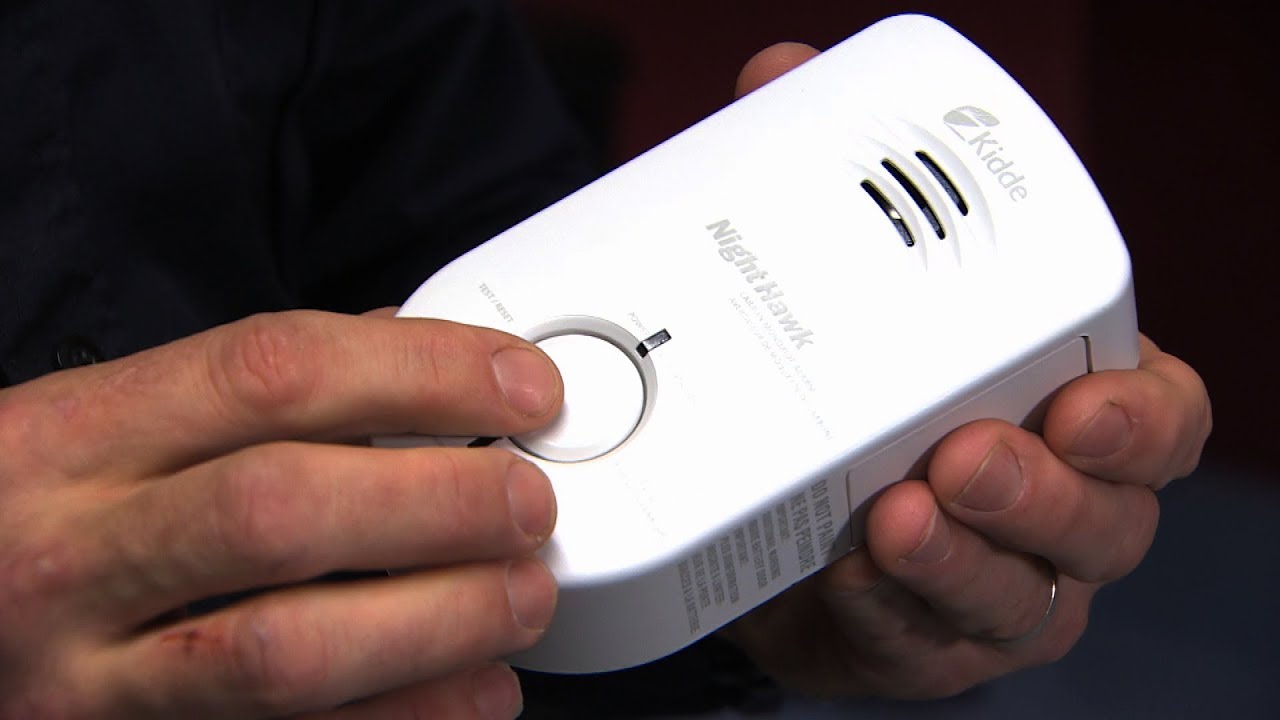

Articles
Why Do You Need A Carbon Monoxide Detector
Modified: October 20, 2024
Learn why having a carbon monoxide detector is essential for your safety. Read informative articles on the importance of carbon monoxide protection and prevention.
(Many of the links in this article redirect to a specific reviewed product. Your purchase of these products through affiliate links helps to generate commission for Storables.com, at no extra cost. Learn more)
Introduction
Why Do You Need A Carbon Monoxide Detector?
Carbon monoxide (CO) is an odorless, colorless, and highly toxic gas that can be produced by a variety of sources in our daily lives. It is often referred to as the “silent killer” because its presence cannot be detected by our senses alone. Breathing in carbon monoxide can have disastrous consequences, leading to illness, injury, or even death.
As a responsible homeowner or occupant, it is crucial to understand the dangers posed by carbon monoxide and take proactive measures to protect yourself and your loved ones. One of the most important tools in your safety arsenal is a carbon monoxide detector.
In this article, we will delve into the reasons why having a carbon monoxide detector is essential for every home. We will explore what carbon monoxide is, the various sources of carbon monoxide, the dangers it presents, and why early detection is crucial. We will also discuss the different types of carbon monoxide detectors available, how they work, and provide guidance on their installation, maintenance, and testing.
Key Takeaways:
- Protect Your Loved Ones
Installing a carbon monoxide detector is crucial for safeguarding your family from the silent threat of carbon monoxide. Early detection can prevent illness, injury, and even death, providing peace of mind and safety. - Take Immediate Action
In the event of a carbon monoxide alarm, evacuate the premises, contact emergency services, and seek medical attention if necessary. Prioritize regular maintenance and prevention measures to ensure a safe living environment.
Read more: When Do I Need A Carbon Monoxide Detector
What is Carbon Monoxide?
Carbon monoxide is a byproduct of incomplete combustion of fossil fuels such as natural gas, gasoline, oil, coal, and propane. It is produced when these fuels burn, and the usual sources of carbon monoxide in homes include gas appliances, heating systems, fireplaces, stoves, and cars running in attached garages.
Key Takeaways:
- Protect Your Loved Ones
Installing a carbon monoxide detector is crucial for safeguarding your family from the silent threat of carbon monoxide. Early detection can prevent illness, injury, and even death, providing peace of mind and safety. - Take Immediate Action
In the event of a carbon monoxide alarm, evacuate the premises, contact emergency services, and seek medical attention if necessary. Prioritize regular maintenance and prevention measures to ensure a safe living environment.
Read more: When Do I Need A Carbon Monoxide Detector
What is Carbon Monoxide?
Carbon monoxide (CO) is a colorless, odorless, and tasteless gas that is produced when fossil fuels are burned incompletely. It is often referred to as the “silent killer” because it is virtually undetectable without the use of specialized equipment such as carbon monoxide detectors.
When carbon monoxide is inhaled, it enters the bloodstream and binds to hemoglobin in red blood cells, forming carboxyhemoglobin. This prevents oxygen from being delivered to vital organs and tissues, leading to oxygen deprivation and potentially life-threatening health effects.
Carbon monoxide can be produced by a variety of sources in our everyday lives. Common sources of carbon monoxide in homes include gas appliances such as furnaces, water heaters, stoves, and ovens. Other potential sources include fireplaces, wood-burning stoves, and vehicles running in attached garages.
It is important to note that even small amounts of carbon monoxide can be harmful over an extended period. Prolonged exposure to low levels of carbon monoxide can lead to chronic health issues, while high levels can result in acute poisoning and even death.
Due to its nature as an odorless and invisible gas, it is crucial to have a carbon monoxide detector installed in your home. This device is designed to detect and alert you to the presence of carbon monoxide before it reaches dangerous levels.
By having a carbon monoxide detector in your home, you can ensure the safety of yourself, your family, and your pets. It provides an early warning system, enabling you to take swift action to mitigate the exposure to carbon monoxide and prevent potential harm.
Next, we will explore the dangers associated with carbon monoxide and why it is crucial to prioritize its detection in your home.
Sources of Carbon Monoxide
Carbon monoxide can be produced by various sources in both residential and commercial settings. Understanding these sources is essential in identifying potential areas of carbon monoxide exposure and taking the necessary precautions to prevent its harmful effects.
1. Gas Appliances: Gas-powered appliances like furnaces, water heaters, boilers, and stoves can be a significant source of carbon monoxide production if not properly maintained or vented. Malfunctioning or poorly ventilated gas appliances can result in carbon monoxide buildup inside the home.
2. Fireplaces and Wood-Burning Stoves: While fireplaces and wood-burning stoves can create a cozy atmosphere, they can also produce carbon monoxide if not operated or maintained correctly. Incomplete combustion of wood or other fuel sources in these appliances can lead to the release of carbon monoxide into the living space.
3. Vehicle Emissions: If you have an attached garage, running a vehicle inside it can pose a significant risk of carbon monoxide exposure. Carbon monoxide emitted from the vehicle’s exhaust can seep into the living areas of your home if there is inadequate ventilation between the garage and the living space.
4. Generators and Portable Heaters: Standby generators or portable heaters powered by gasoline, propane, or diesel can release carbon monoxide if not used in a well-ventilated area. Using these devices indoors or in enclosed spaces without proper ventilation can quickly result in dangerous levels of carbon monoxide buildup.
5. Tobacco Smoke: Smoking tobacco indoors can also contribute to elevated levels of carbon monoxide. Cigarette smoke contains carbon monoxide, which can accumulate in poorly ventilated areas, putting both smokers and non-smokers at risk of exposure.
It’s important to note that these are just some of the common sources of carbon monoxide. Other factors, such as blocked chimneys or flues, faulty fuel-burning appliances, and improperly maintained ventilation systems, can also contribute to the presence of carbon monoxide in your home.
Now that you understand the various sources of carbon monoxide, it’s crucial to recognize the dangers associated with exposure. We will discuss the risks and potential health effects of carbon monoxide in the next section.
Dangers of Carbon Monoxide
Carbon monoxide is an insidious gas that poses significant dangers to human health. Unlike other gases, carbon monoxide is undetectable by our senses, making it particularly hazardous. Understanding the risks and potential health effects associated with carbon monoxide exposure is vital for prioritizing its detection and prevention in your home.
1. Health Effects: Breathing in carbon monoxide can have immediate and long-term health consequences. When inhaled, carbon monoxide quickly binds to the hemoglobin in our blood, reducing its ability to transport oxygen to vital organs. This can result in symptoms such as headaches, dizziness, nausea, confusion, weakness, and even loss of consciousness. Prolonged exposure or exposure to high levels of carbon monoxide can lead to more severe symptoms, including permanent damage to the central nervous system and even death.
2. Silent and Odorless: One of the most significant dangers of carbon monoxide is its silent and odorless nature. Without a carbon monoxide detector, it is impossible to detect its presence without experiencing symptoms. This means that by the time symptoms of carbon monoxide poisoning become noticeable, it may already be too late to take immediate action.
3. Vulnerable Populations: Certain individuals are more susceptible to the harmful effects of carbon monoxide. This includes infants, the elderly, pregnant women, and those with pre-existing respiratory or cardiovascular conditions. These individuals may experience more severe symptoms at lower levels of carbon monoxide exposure and may require immediate medical attention.
4. Potential Fatality: Carbon monoxide poisoning can be fatal if not detected and treated promptly. According to the Centers for Disease Control and Prevention (CDC), hundreds of deaths occur each year in the United States due to unintentional carbon monoxide poisoning. The risk is particularly high during the winter months when heating systems are in use, and the indoor living spaces are less ventilated.
5. Long-Term Health Effects: Even if not fatal, chronic or repeated exposure to low levels of carbon monoxide can have long-term health effects. These may include neurological disorders, cardiovascular issues, respiratory problems, and an increased risk of heart disease.
Now that you understand the significant dangers associated with carbon monoxide exposure, it is evident why early detection and prevention are crucial. In the next section, we will discuss the importance of carbon monoxide detectors in safeguarding your home and health.
Read more: Why Does Carbon Monoxide Detector Beeps
Importance of Carbon Monoxide Detectors
Carbon monoxide detectors play a vital role in safeguarding your home and ensuring the well-being of you and your loved ones. These devices are designed to detect the presence of carbon monoxide gas and provide early warnings, allowing you to take prompt action. Understanding the importance of carbon monoxide detectors is essential for maintaining a safe living environment.
1. Early Detection: The primary purpose of a carbon monoxide detector is to provide early detection of carbon monoxide gas in your home. By constantly monitoring the air for traces of carbon monoxide, these detectors can sound an alarm when levels exceed a certain threshold. This early warning allows you to evacuate the premises, ventilate the area, and contact emergency services if necessary, preventing further exposure to this dangerous gas.
2. Prevention of Carbon Monoxide Poisoning: Carbon monoxide detectors are the first line of defense against carbon monoxide poisoning. Without these detectors, it is nearly impossible to detect carbon monoxide gas, as it is odorless and invisible. By having a detector installed in your home, you can ensure that any potential leaks or build-ups of carbon monoxide are quickly detected, preventing the harmful effects of this gas from endangering your health.
3. Peace of Mind: Knowing that you have a reliable carbon monoxide detector in your home can provide peace of mind. You can rest assured that you have taken a proactive step to protect yourself, your family, and your pets from the dangers of carbon monoxide. This peace of mind allows you to go about your daily activities without the worry of carbon monoxide-related risks lurking in your home.
4. Compliance with Safety Regulations: Many jurisdictions have implemented regulations that require the installation of carbon monoxide detectors in residential properties. By having a carbon monoxide detector installed and operational, you ensure compliance with these safety regulations, preventing potential legal consequences.
5. Affordability and Accessibility: Carbon monoxide detectors are widely available and relatively affordable, making them accessible for homeowners and renters alike. Investing in a carbon monoxide detector is a small price to pay for the added protection and peace of mind it provides.
Carbon monoxide detectors are a crucial safety device that no home should be without. Their ability to detect and alert you to the presence of carbon monoxide gas can significantly reduce the risks associated with this harmful substance. In the next section, we will explore how carbon monoxide detectors work to keep you safe.
Tip: Carbon monoxide is a colorless, odorless gas that can be deadly. Install a carbon monoxide detector in your home to protect your family from this silent killer.
How Carbon Monoxide Detectors Work
Carbon monoxide detectors are designed to detect the presence of carbon monoxide gas in the air and provide an early warning to protect you and your loved ones. These devices utilize advanced technology to monitor and measure the levels of carbon monoxide, ensuring a safe living environment. Understanding how carbon monoxide detectors work can help you appreciate their effectiveness in detecting and preventing carbon monoxide poisoning.
1. Sensing Technology: Carbon monoxide detectors use one of two primary sensing technologies: electrochemical sensors and metal oxide semiconductor sensors. Electrochemical sensors employ a chemical reaction between the carbon monoxide and electrodes to generate an electrical current, which is then measured and converted into an alarm signal. Metal oxide semiconductor sensors utilize a chemical reaction that changes the conductivity of the sensor material in the presence of carbon monoxide, triggering the alarm.
2. Alarm System: When the carbon monoxide concentration reaches a dangerous level, the sensors in the detector activate the alarm system. This can manifest as a loud siren, flashing lights, or a combination of both, depending on the specific model. The alarm is designed to be highly audible and visually noticeable to alert occupants of the potential carbon monoxide hazard.
3. Power Source: Carbon monoxide detectors typically operate on batteries, either disposable or rechargeable. Some models may also have a backup power source, such as a built-in battery or the ability to connect to the home’s electrical system. It is crucial to regularly check and replace batteries to ensure the continuous functionality of the detector.
4. Display and Indicators: Many modern carbon monoxide detectors feature a digital display that shows the current carbon monoxide levels in parts per million (ppm). This display can provide real-time information about the concentration of carbon monoxide in the air. Additionally, detectors may have indicators that show the status of the device, such as low battery warnings or fault alerts.
5. Placement and Installation: Carbon monoxide detectors should be installed in areas where carbon monoxide sources are present, such as near gas appliances, heating systems, fireplaces, and sleeping areas. It is recommended to have at least one detector on each level of the home, including the basement, and near each sleeping area for maximum protection.
6. Maintenance and Testing: Regular maintenance and testing are essential for the proper functioning of carbon monoxide detectors. It is important to follow the manufacturer’s instructions regarding testing frequency and maintenance tasks. Testing the detector regularly ensures that it is operational and capable of detecting carbon monoxide accurately. Additionally, regular cleaning of the detector and keeping it free from dust and debris can help maintain its effectiveness.
Understanding how carbon monoxide detectors work allows you to trust in their ability to detect and alert you to potential carbon monoxide hazards. In the next section, we will explore the different types of carbon monoxide detectors available in the market.
Types of Carbon Monoxide Detectors
Carbon monoxide detectors come in different types, each employing various technologies to detect the presence of carbon monoxide gas. Understanding the different types can help you choose the most suitable detector for your home and ensure effective carbon monoxide detection.
1. Battery-Powered Detectors: Battery-powered carbon monoxide detectors are the most common and widely available type. These detectors are easy to install and operate on replaceable batteries, making them suitable for areas without access to electrical outlets. It is important to regularly check and replace the batteries to ensure the continuous functionality of the detector.
2. Hardwired Detectors: Hardwired carbon monoxide detectors are connected to the home’s electrical system and often come with battery backup in case of a power outage. These detectors require professional installation and are typically interconnected, meaning that when one detector detects carbon monoxide, all interconnected detectors sound the alarm. This interconnected feature provides enhanced protection throughout the entire home.
3. Combination Smoke and Carbon Monoxide Alarms: Combination detectors provide dual protection by combining smoke detection capabilities with carbon monoxide detection. These devices can detect both smoke and carbon monoxide hazards and usually emit distinct alarm signals for each. Combination detectors are convenient for areas where both smoke and carbon monoxide risks are present, such as kitchens or areas near fireplaces.
4. Digital Display Detectors: Some carbon monoxide detectors come equipped with digital displays that show real-time carbon monoxide levels in parts per million (ppm). The display provides continuous monitoring and allows you to track changes in carbon monoxide concentrations. Digital display detectors offer an added level of information and awareness regarding the presence of carbon monoxide in your home.
5. Smart Detectors: Smart carbon monoxide detectors are connected devices that can be linked to your home’s Wi-Fi network. These detectors can send alerts and notifications to your smartphone or other connected devices, allowing you to receive immediate updates about potential carbon monoxide hazards while you are away from home. Smart detectors provide an extra layer of convenience and remote monitoring capabilities.
When selecting a carbon monoxide detector, it is important to consider factors such as power source, features, and the specific needs of your home. It is also crucial to ensure that the detector you choose complies with safety regulations and meets the required standards for carbon monoxide detection.
Now that you understand the different types of carbon monoxide detectors available, it’s time to learn about the proper installation of these devices in your home.
Installing a Carbon Monoxide Detector
Proper installation of carbon monoxide detectors is crucial to ensure their effectiveness in detecting the presence of carbon monoxide gas in your home. By following the recommended guidelines, you can maximize their functionality and provide optimal protection for you and your loved ones. Here are the steps to installing a carbon monoxide detector:
1. Read the User Manual: Before starting the installation process, carefully read the user manual provided with your carbon monoxide detector. Familiarize yourself with the manufacturer’s instructions, as they may contain specific installation requirements and recommendations.
2. Determine the Placement: Carbon monoxide detectors should be installed in areas where carbon monoxide sources are present, such as near gas appliances, heating systems, fireplaces, and sleeping areas. It is recommended to have at least one detector on each level of the home, including the basement, and near each sleeping area for maximum protection. Ensure that the detector is easily accessible for regular testing and maintenance.
3. Follow Mounting Instructions: Most carbon monoxide detectors come with mounting brackets or adhesive strips for easy installation. Follow the manufacturer’s instructions to mount the detector securely on a wall or ceiling at the recommended height. Avoid placing detectors near windows, doors, or ventilation fans that could affect the detection accuracy.
4. Keep Distance from Obstructions: Ensure that the carbon monoxide detector is positioned at least 5 feet away from fuel-burning appliances, as close proximity to these sources might trigger false alarms. Additionally, avoid placing the detector near areas with high humidity, such as bathrooms or kitchen sinks, to prevent moisture interference.
5. Test the Detector: Once installed, test the carbon monoxide detector to ensure that it is functioning correctly. Follow the manufacturer’s instructions on how to do a test or use the designated test button if available. If the detector does not sound an alarm during the test, double-check the battery or power source and ensure proper installation.
6. Regular Maintenance: To maintain the effectiveness of your carbon monoxide detector, conduct regular maintenance tasks as recommended by the manufacturer. This includes cleaning the detector to remove dust or debris that could interfere with its functionality and performing regular battery checks or replacements to ensure the detector is always powered.
7. Stay Informed: As a responsible homeowner, it’s essential to stay informed about carbon monoxide safety and preventive measures. Understand the symptoms of carbon monoxide poisoning, educate household members about the alarm sound, and know what to do in case of a carbon monoxide emergency.
By following these guidelines and ensuring proper installation of your carbon monoxide detector, you can enhance the safety of your home and minimize the risks associated with carbon monoxide exposure.
Next, we will look at the necessary maintenance and testing procedures for carbon monoxide detectors to keep them in optimal working condition.
Read more: What Does A Carbon Monoxide Detector Do
Maintenance and Testing of Carbon Monoxide Detectors
Maintaining and regularly testing your carbon monoxide detectors is essential to ensure their proper functionality and reliability. By following these maintenance and testing guidelines, you can be confident that your detectors are providing accurate and timely warnings in the event of a carbon monoxide leak.
1. Read the Manufacturer’s Instructions: Start by reading the manufacturer’s instructions for your specific carbon monoxide detector model. It will provide detailed information on maintenance requirements and testing procedures unique to your device.
2. Regular Dusting and Cleaning: Carbon monoxide detectors can collect dust and debris over time, obstructing the sensors and reducing their effectiveness. To maintain optimal performance, gently clean the detector with a soft brush or a clean cloth on a regular basis. Avoid using cleaning agents or solvents, as they may damage the device.
3. Check and Replace Batteries: Carbon monoxide detectors typically operate on batteries. Regularly check the battery status by following the manufacturer’s recommendations. As a general rule, replace batteries at least once a year, or even more frequently if the detector emits a low battery warning. Keep spare batteries on hand to ensure uninterrupted operation.
4. Perform Regular Testing: It is crucial to test your carbon monoxide detectors regularly to confirm their proper functioning. Refer to the manufacturer’s instructions on how to perform a self-test or use the designated test button on the detector. The test should trigger the alarm, indicating that the sound and other alert features are operational. If the test fails, troubleshoot the issue or replace the detector as needed.
5. Follow Replacement Guidelines: Carbon monoxide detectors have a limited lifespan. Follow the manufacturer’s guidelines regarding the replacement schedule for your specific model. Most detectors last between 5 to 10 years. If your detector exceeds the recommended lifespan, it is time to replace it to ensure continued reliability.
6. Be Mindful of False Alarms: Occasionally, carbon monoxide detectors may emit false alarms due to issues such as high humidity, chemicals, or cooking fumes. Although false alarms can be inconvenient, it is essential not to disable or ignore the detector when they occur. Instead, address the potential sources of false alarms and ensure that the detector is placed in an appropriate location.
7. Stay Updated on Safety Standards: Stay informed about current safety standards for carbon monoxide detectors. This will ensure that you meet the necessary requirements and have the most up-to-date technology in your home. Regularly check for any recalls or updates related to your specific detector model.
By proactively maintaining and testing your carbon monoxide detectors, you can significantly reduce the risk of carbon monoxide exposure and protect the well-being of your household. Remember to follow these guidelines, along with any additional instructions provided by the manufacturer, to keep your detectors in optimal condition.
In the event of a carbon monoxide alarm activation, it is crucial to know what to do to ensure everyone’s safety. We will explore the necessary steps to take in case of a carbon monoxide alarm in the next section.
What to Do in Case of a Carbon Monoxide Alarm
When your carbon monoxide detector sounds an alarm, it is crucial to take immediate action to protect yourself and others from the potential dangers of carbon monoxide poisoning. Here are the essential steps to follow in case of a carbon monoxide alarm:
1. Evacuate the Premises: If the carbon monoxide detector alarm sounds, leave the area immediately. Carbon monoxide is a toxic gas that can cause serious harm, so it is vital to get to a safe location outdoors or in an area with fresh air. Ensure that everyone in your household is aware of the alarm and follows the evacuation plan.
2. Call Emergency Services: Once you are in a safe place, contact your local emergency services or the designated emergency number in your area. Explain the situation, including the activation of the carbon monoxide alarm. They will provide further instructions and dispatch the appropriate personnel, such as firefighters or emergency responders, to assess the situation.
3. Avoid Re-Entering the Premises: Under no circumstances should you re-enter the premises until emergency responders give the all-clear. Even if the alarm stops sounding or you no longer experience symptoms, it is essential to wait for professionals to evaluate the situation and ensure it is safe to return.
4. Seek Medical Attention: If anyone in your household is experiencing symptoms of carbon monoxide poisoning, such as headaches, dizziness, nausea, or confusion, seek medical attention immediately. Carbon monoxide poisoning can cause severe health effects, and it is essential to receive proper medical evaluation and treatment as soon as possible.
5. Identify the Source: While waiting for emergency responders, do not attempt to locate or address the source of the carbon monoxide yourself. It is the responsibility of trained professionals to identify and resolve the issue. They will conduct thorough inspections to determine the cause, such as a malfunctioning appliance, ventilation issue, or other potential sources of carbon monoxide.
6. Prevent Future Incidents: After the carbon monoxide alarm incident, take proactive steps to prevent future occurrences. Have a qualified professional inspect and service all fuel-burning appliances, chimneys, flues, and ventilation systems regularly. Ensure that all areas with potential carbon monoxide sources are adequately ventilated. Follow safety guidelines and adhere to local regulations for the installation and maintenance of fuel-burning appliances.
7. Replace or Repair Detectors: If your carbon monoxide detectors were triggered, they might need to be replaced or repaired. Contact the manufacturer to inquire about appropriate next steps. It is important to always have properly functioning detectors in your home to maintain a safe living environment.
Remember, carbon monoxide is a highly dangerous gas that can be life-threatening. In the event of a carbon monoxide alarm, take immediate action, prioritize your safety, and rely on professionals to handle the situation. By being prepared and knowing what to do, you can minimize the risk and protect yourself and your loved ones from the potential dangers of carbon monoxide poisoning.
Now that you understand the necessary steps to take in case of a carbon monoxide alarm, let’s summarize the importance of carbon monoxide detectors and the actions you can take to ensure your home is safe from this silent threat.
Conclusion
Carbon monoxide is a silent and deadly gas that poses significant risks to our health and safety. Without the proper detection and prevention measures, carbon monoxide exposure can have severe consequences, including illness, injury, and even death. That is why carbon monoxide detectors are essential devices for every home.
Through this article, we have explored the importance of carbon monoxide detectors, their role in early detection, and the various types available. We have learned how carbon monoxide detectors work, the sources of carbon monoxide, the dangers of exposure, and the necessary steps to take in the event of a carbon monoxide alarm.
Installing carbon monoxide detectors in key areas of your home, such as near gas appliances and sleeping areas, ensures that you are continually monitoring for the presence of carbon monoxide. Regular maintenance, including testing the detectors, cleaning them, and replacing batteries, keeps them in optimal working condition.
In case of a carbon monoxide alarm, quick action is crucial. Evacuate the premises, contact emergency services, and seek medical attention if necessary. Only re-enter the premises when professionals have given the all-clear.
Prevention is key when it comes to carbon monoxide. Regular inspection and maintenance of fuel-burning appliances, proper ventilation, and adherence to safety regulations can help prevent carbon monoxide leaks and buildup in your home.
By taking these proactive steps and prioritizing the installation and maintenance of carbon monoxide detectors, you are creating a safer living environment for yourself, your family, and your loved ones. Carbon monoxide detectors provide peace of mind, giving you the confidence that you are protected from the invisible threat of carbon monoxide gas.
Remember, carbon monoxide does not discriminate. It can affect anyone, regardless of age, health, or location. So, take the necessary precautions and make carbon monoxide detectors an integral part of your home safety measures. Stay informed, stay vigilant, and stay safe.
Frequently Asked Questions about Why Do You Need A Carbon Monoxide Detector
Was this page helpful?
At Storables.com, we guarantee accurate and reliable information. Our content, validated by Expert Board Contributors, is crafted following stringent Editorial Policies. We're committed to providing you with well-researched, expert-backed insights for all your informational needs.
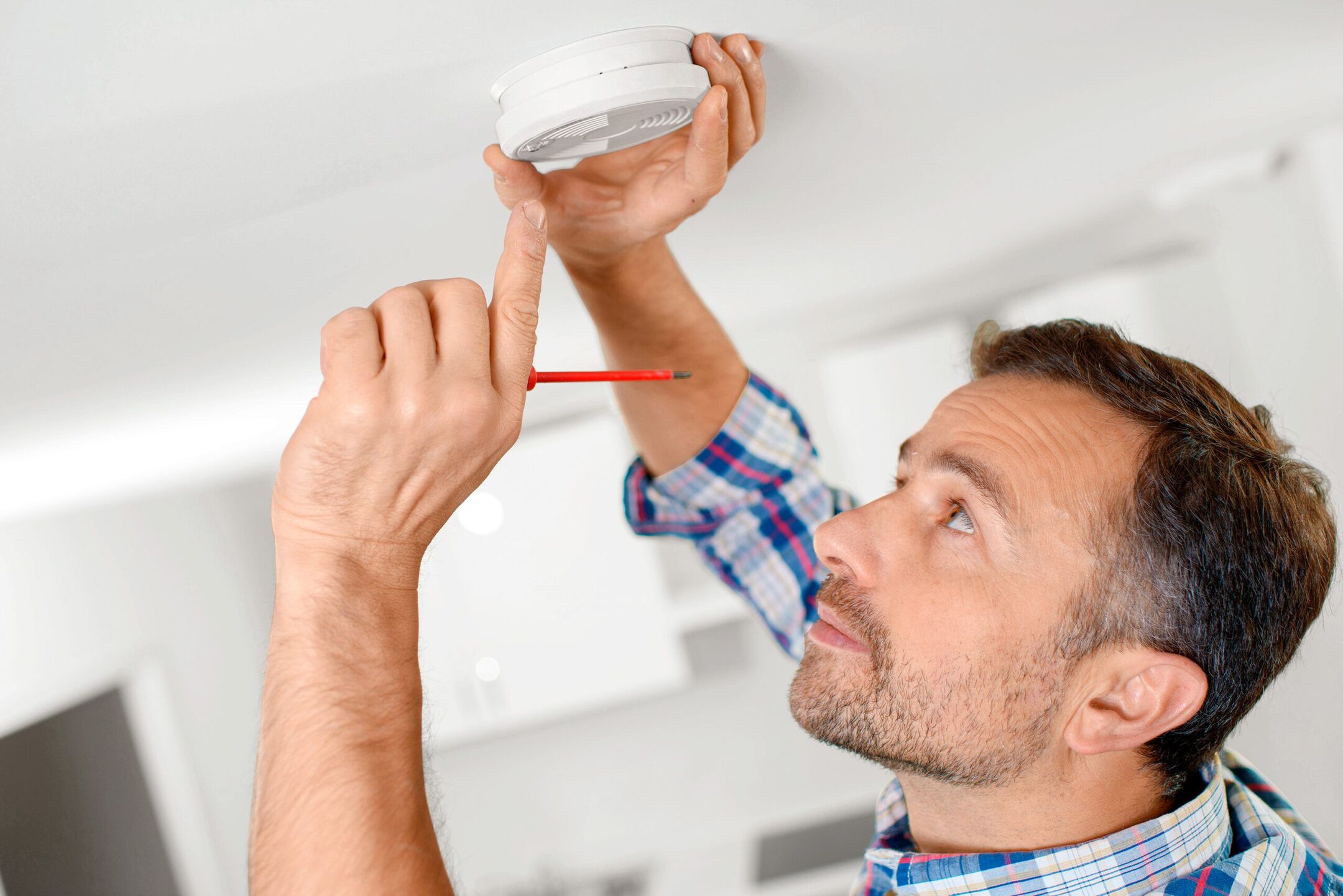
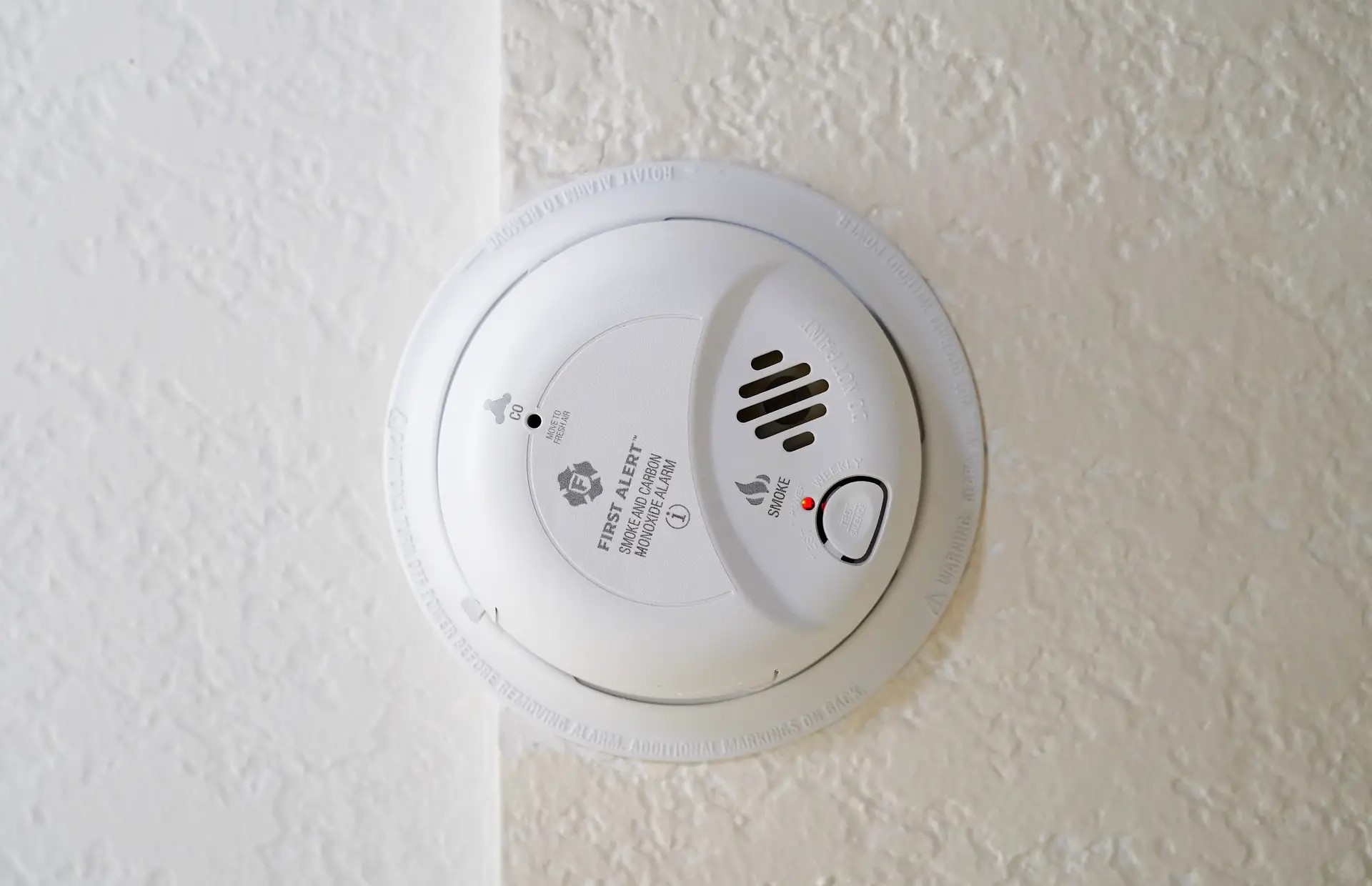
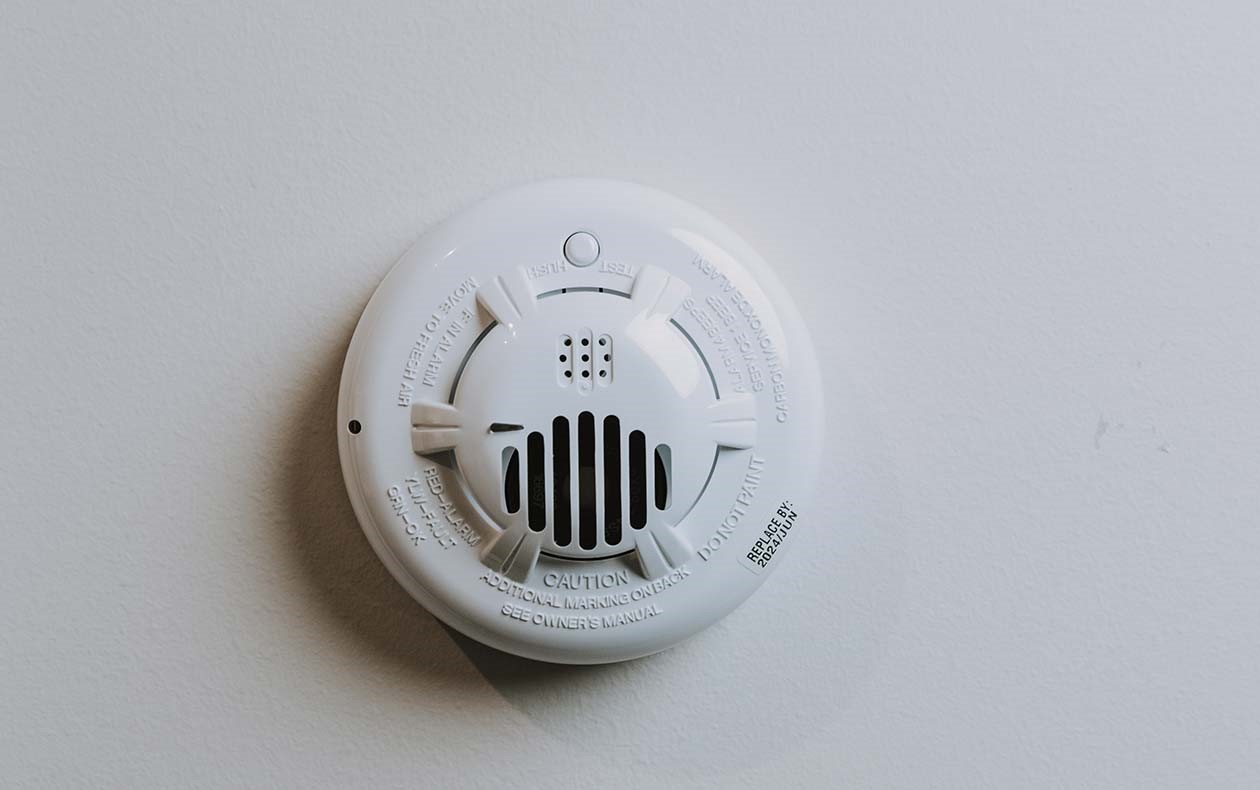
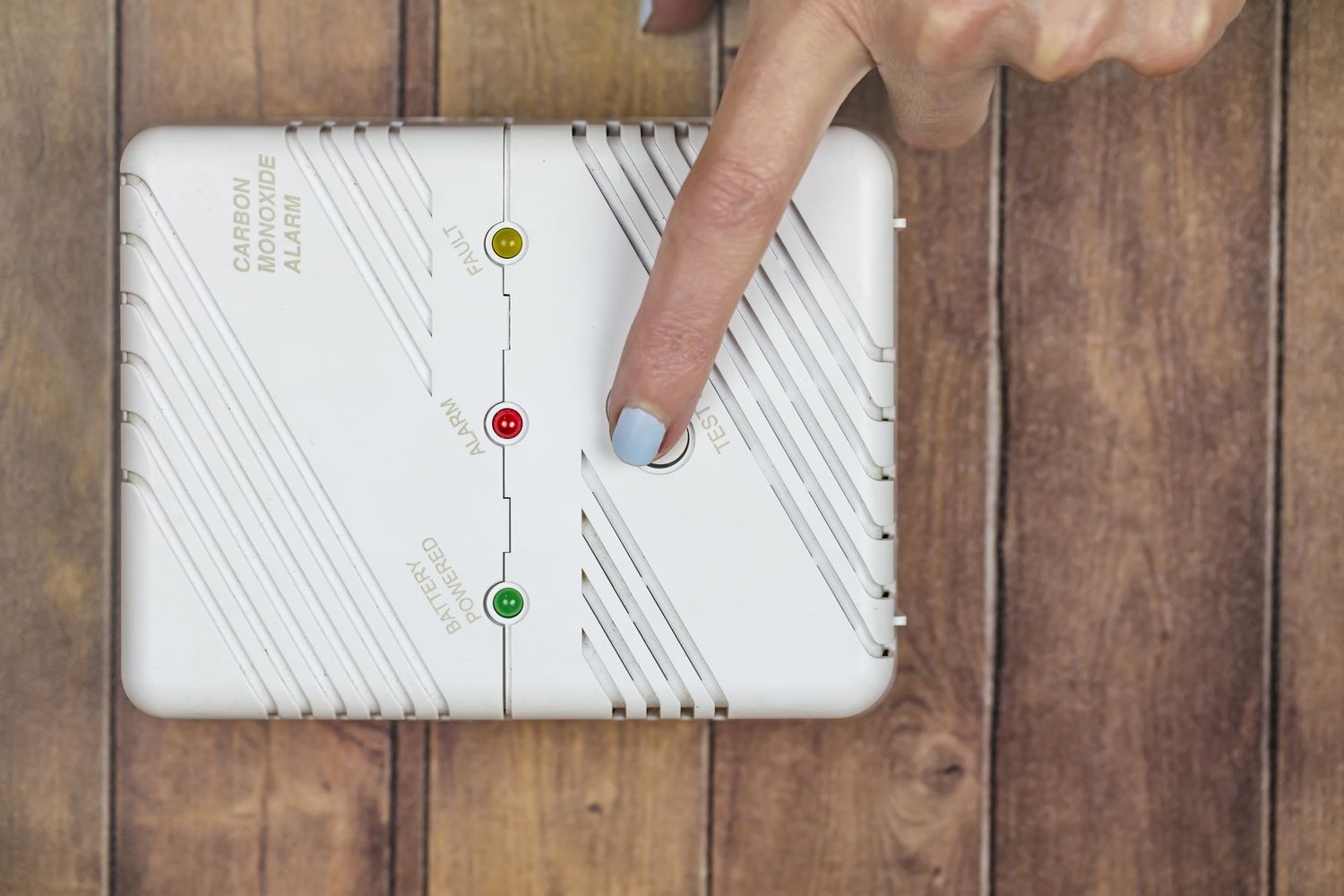
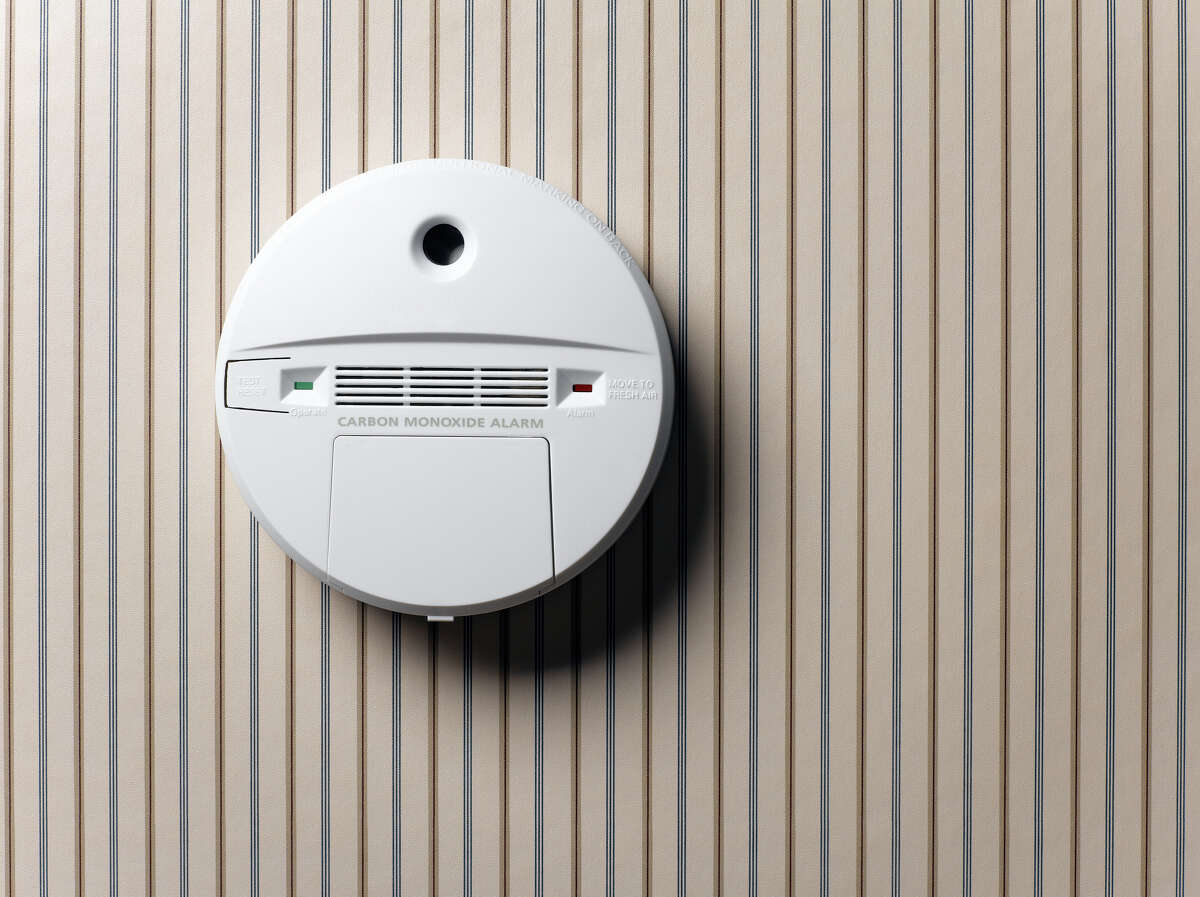
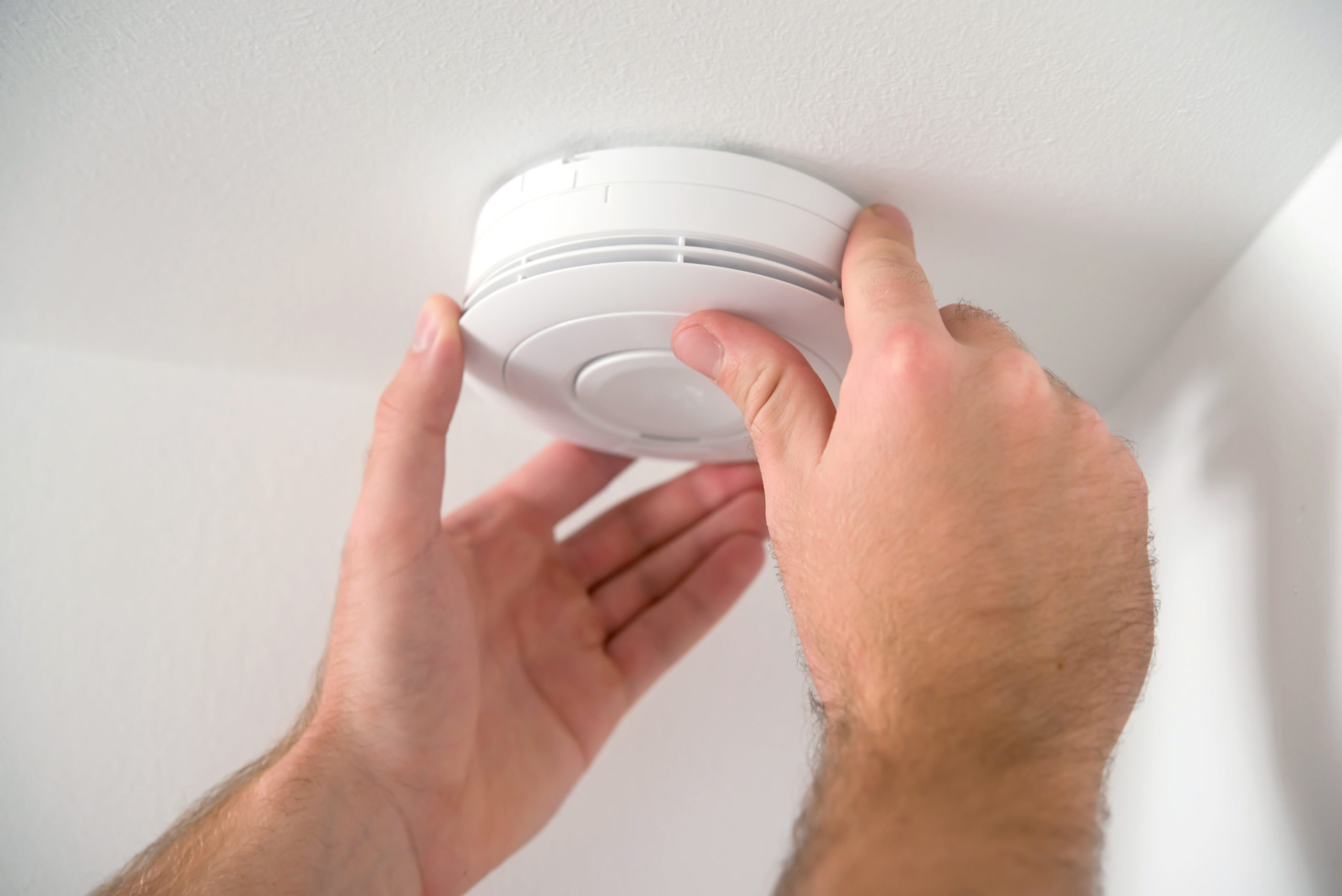
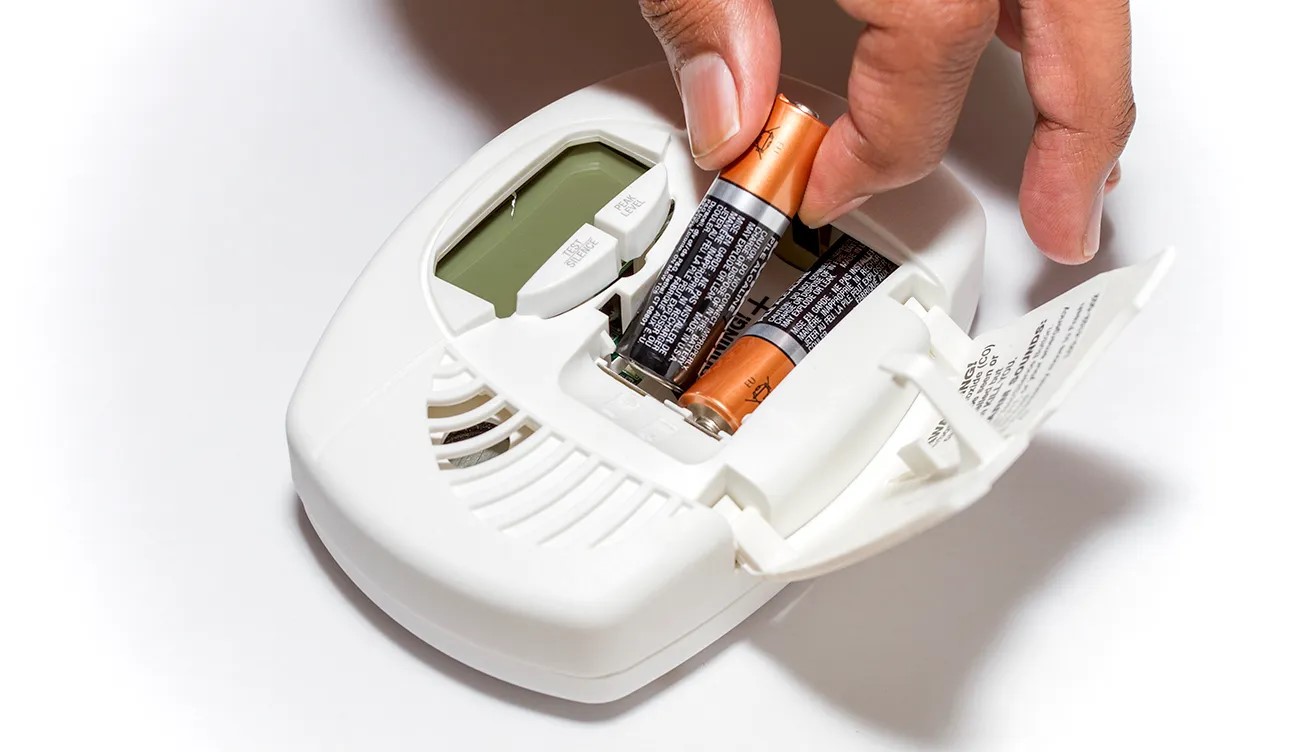
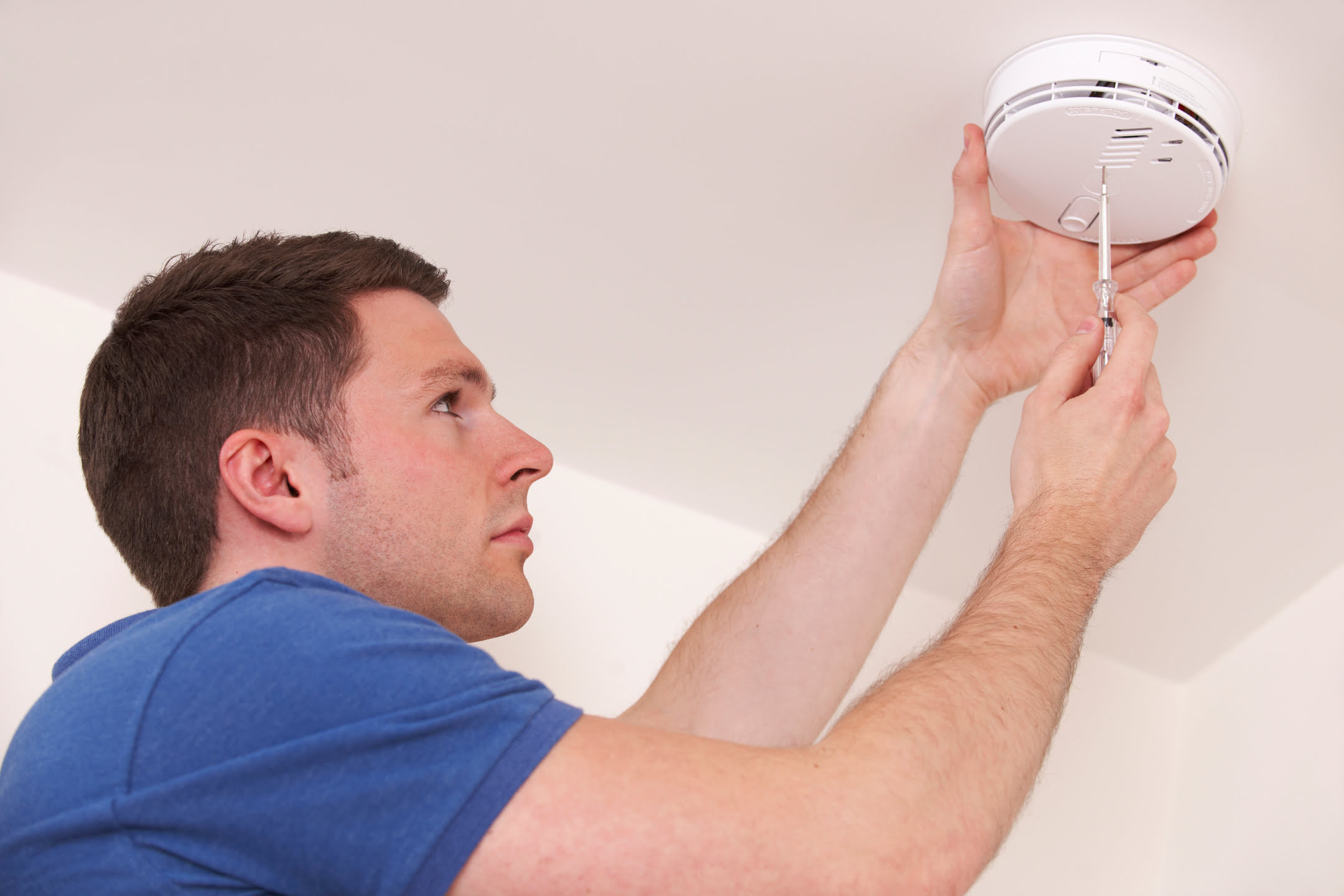
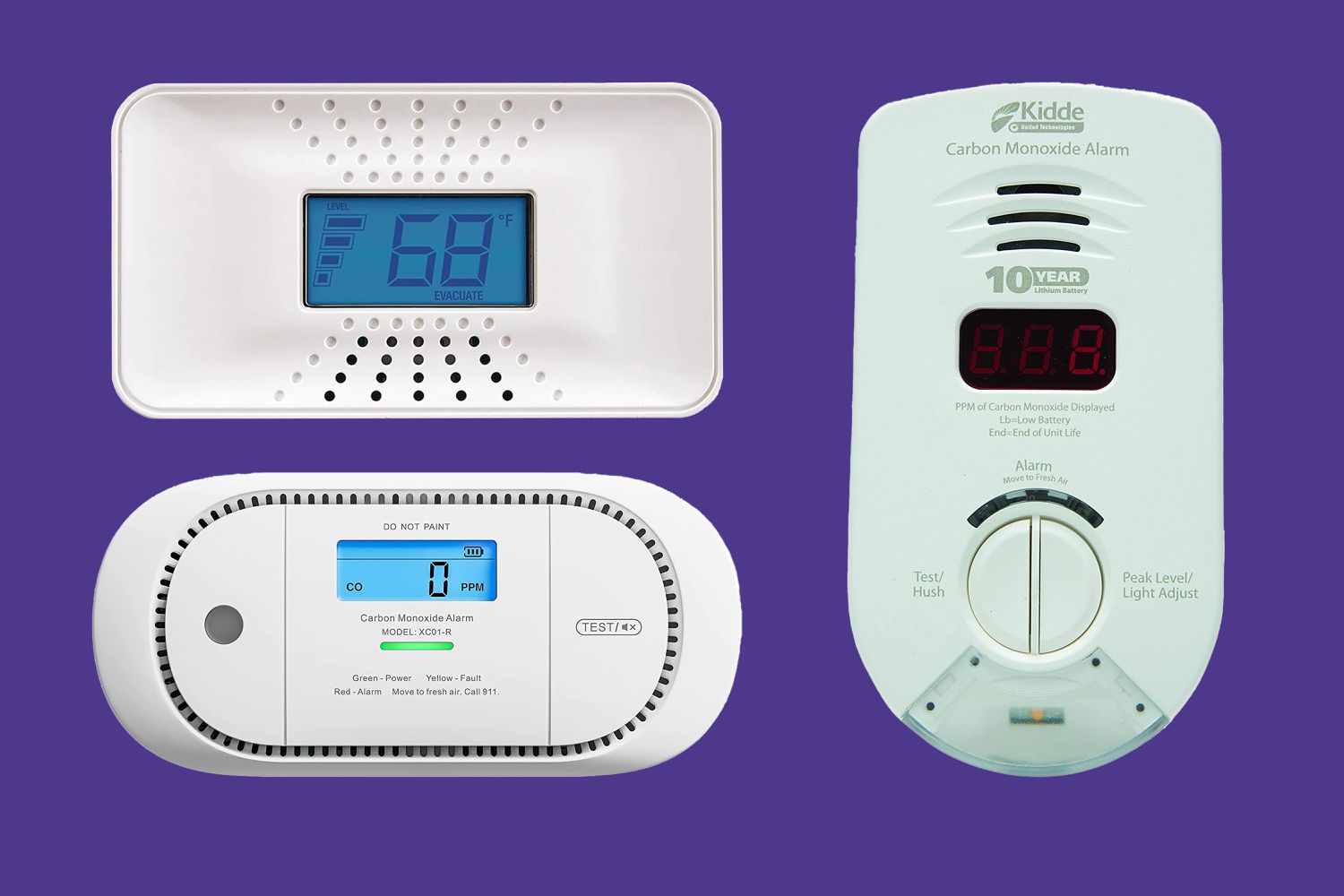
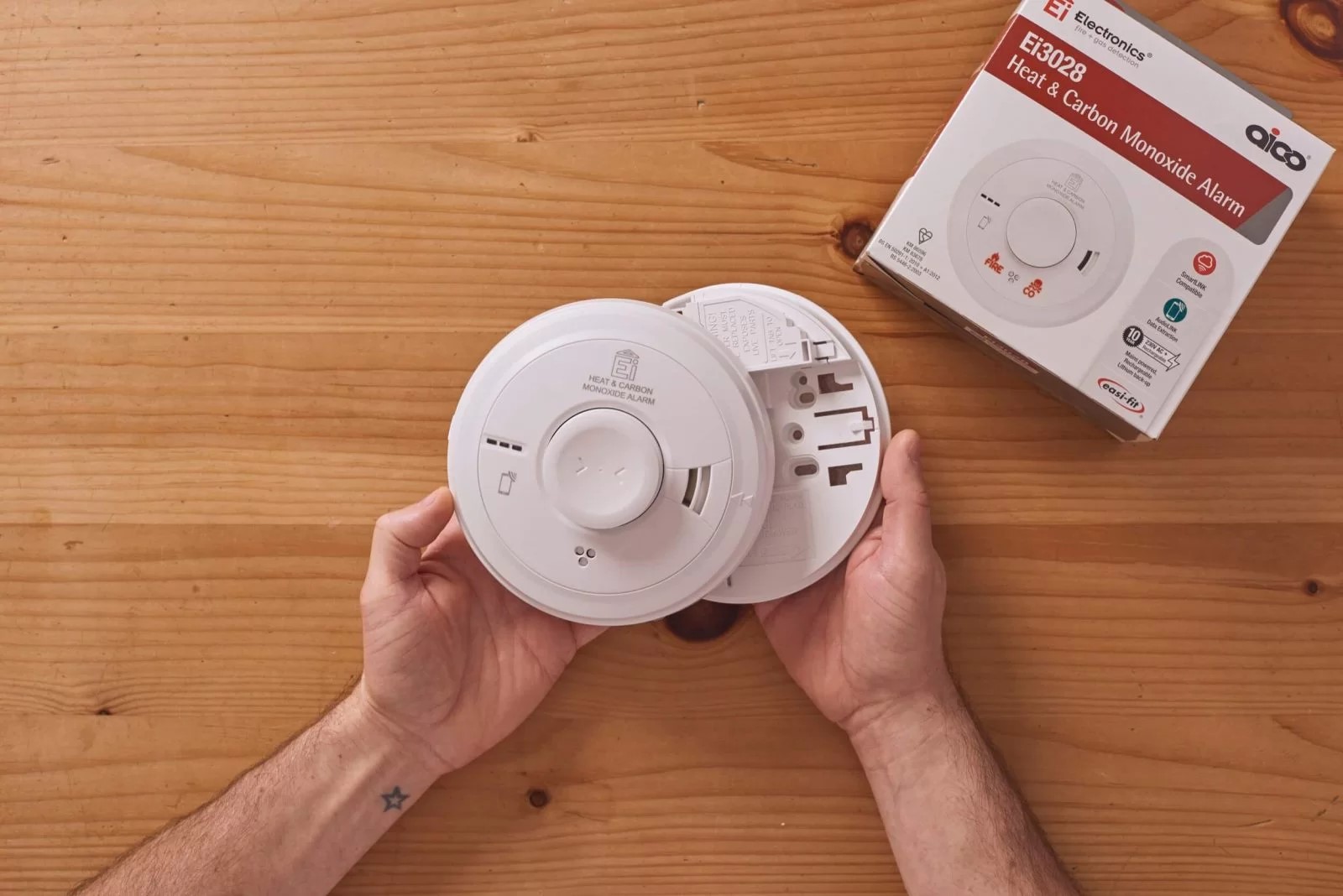
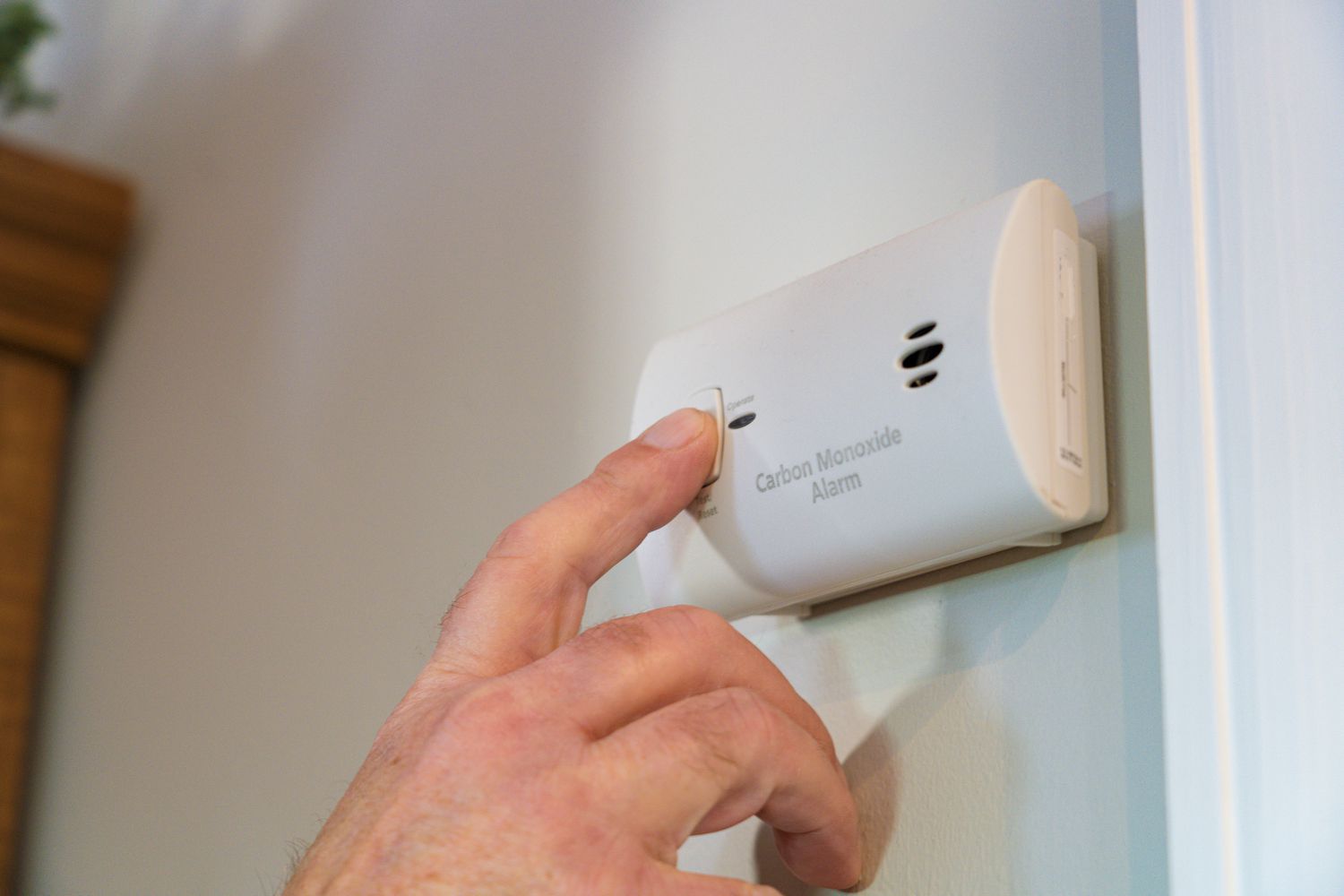

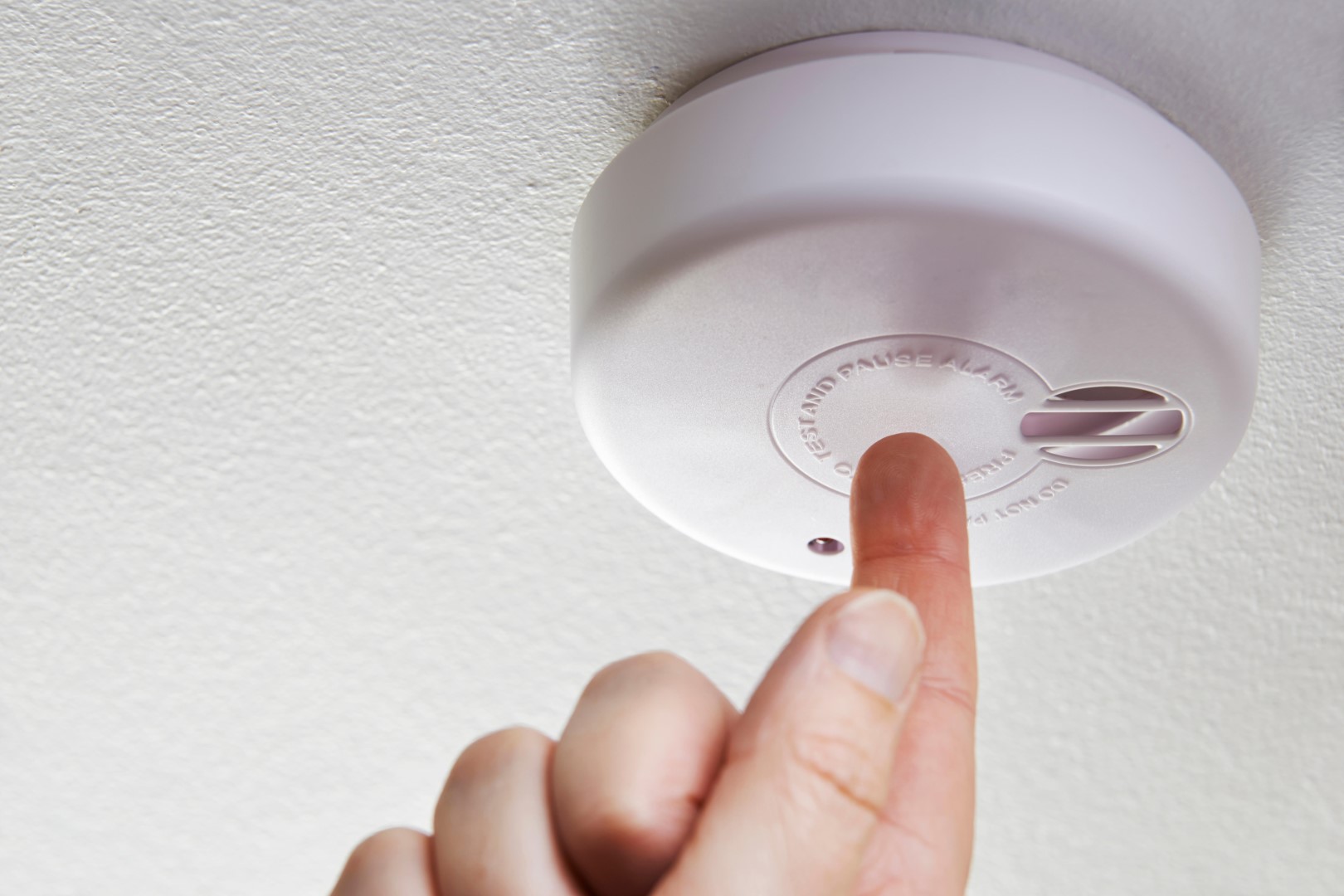

0 thoughts on “Why Do You Need A Carbon Monoxide Detector”